There’s something wonderful about one-shots, especially in an industry fueled by mega-arcs and crossovers where the goal is (quite literally) to get you to buy more. Well, now you can revel in that feeling of one-ticket-for-one-show with Fairy Tale Comics, edited by Chris Duffy, which is essentially a multi-artist anthology of one-shot stories. And luckily, these are stories you already know.
Here’s the official word from First Second:
Once upon a time: seventeen cartoonists, an editor, another editor, an assistant editor, an editorial director, a designer, a marketing manager, a production editor, a managing editor, a publisher, several interns, all the employees of a printing house far, far away, an entire sales force, many booksellers, and the staff of a huge book warehouse all joined forces, and … A MAGICAL BOOK WAS CREATED.
Fairy Tale Comics serves up exactly what it promises — old school morality tales from cultures all over the  world. We meet, once again, a nosey blonde who breaks into three bear’s home; a pair of clever German siblings who push a witch into an oven; and a poor imprisoned girl with acres of hair. We also get access to a set of stories that haven’t always made it into the standard Western fairytale cannon: a Japanese fairy tale titled “The Boy Who Drew Cats,” and the more familiar (but frequently ignored) “Prince and the Tortoise” from 1001 Nights.
world. We meet, once again, a nosey blonde who breaks into three bear’s home; a pair of clever German siblings who push a witch into an oven; and a poor imprisoned girl with acres of hair. We also get access to a set of stories that haven’t always made it into the standard Western fairytale cannon: a Japanese fairy tale titled “The Boy Who Drew Cats,” and the more familiar (but frequently ignored) “Prince and the Tortoise” from 1001 Nights.
There’s two things that makes this anthology delightful. First, these are not (for the most part) “re-imagined” stories; and second, the array of artists that First Second was able to gather here is simply remarkable. Here are just a few: Craig Thompson, David Mazzucchelli, Jaime Hernandez, Gilbert Hernandez, Vanessa Davis and Emily Carroll.
But first, the stories. Re-imagining (or even modernizing) fairy tales is something of a hobby in the comics industry. Willingham’s’ Fables is the standard example of how to do it well, while Akaneiro (the recent Red Riding Hood reboot from Darkhorse) offers us a more uneven example. Well, Fairy Tale Comics isn’t a reboot. While there’s a few stabs at modernization, Fairy Tale Comics offers the original stories, set in their original time periods, and with their original characters. The approach works well, and in many ways allows the art to shine ever more brightly due to the strange fact that these stories are *so* well known they practically dissolve into the background. In short, all that’s left is the art.
Graham Annable’s wordless adaption of “Goldilocks and the Three Bears” is a perfect example of what I’m talking about. Annable assumes we are so familiar with this classic story that he offers a rendition that’s completely free of dialogue — we get masterful expressions, articulate gestures, and all the brilliant comedic timing of an old Charlie Chaplin film when an actor’s body was the only tool at his disposal. In short, when you’re not worried about following the story, you’re free to notice other things. And “Goldilocks” might just be the best story in this book.
Coming in at a close second is the aforementioned “The Boy Who Drew Cats,” beautifully illustrated by Luke Pearson. Hailing from Japan, this story features a child-artist who saves a village in a most unexpected way. Pearson’s art simply swept me away. Simple yet expressive, Pearson’s style has a dreamlike quality that is both sweet and moody — two feelings that match this story perfectly.
Overall, Fairy Tale Comics is an incredible treat. There’s simply not one bad thing about it. And in fact, it’s mostly wonderful.





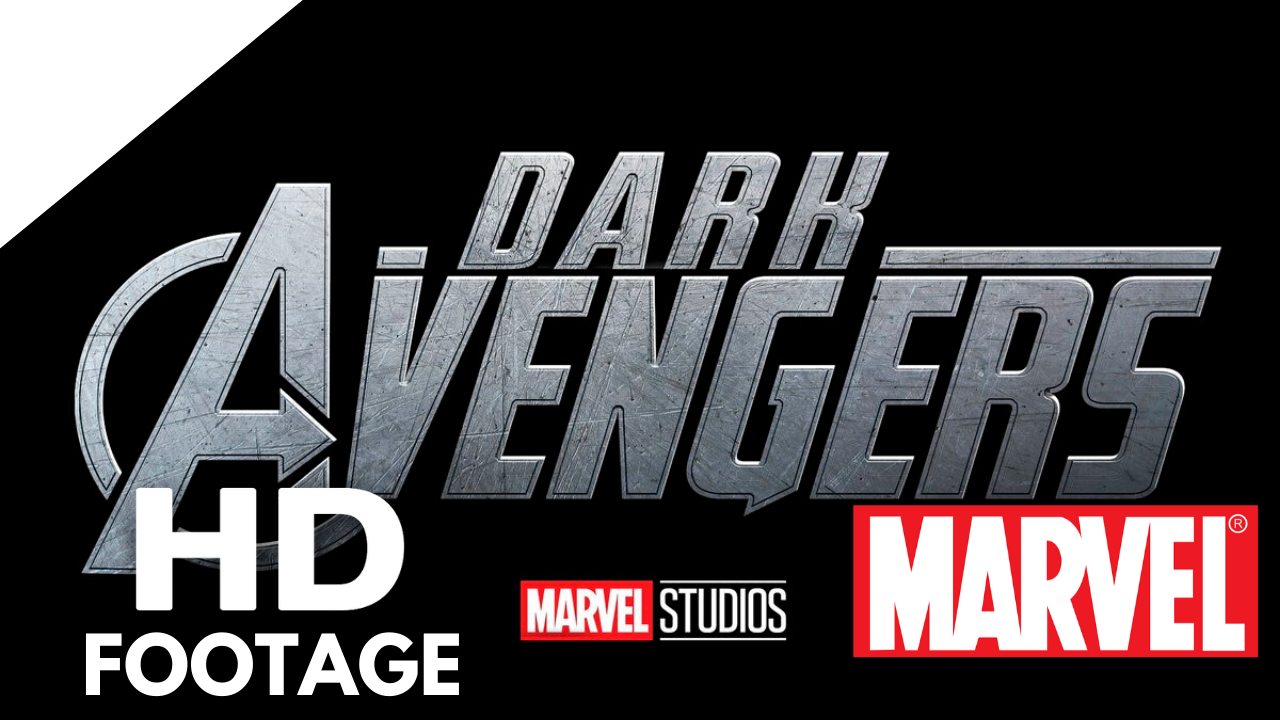
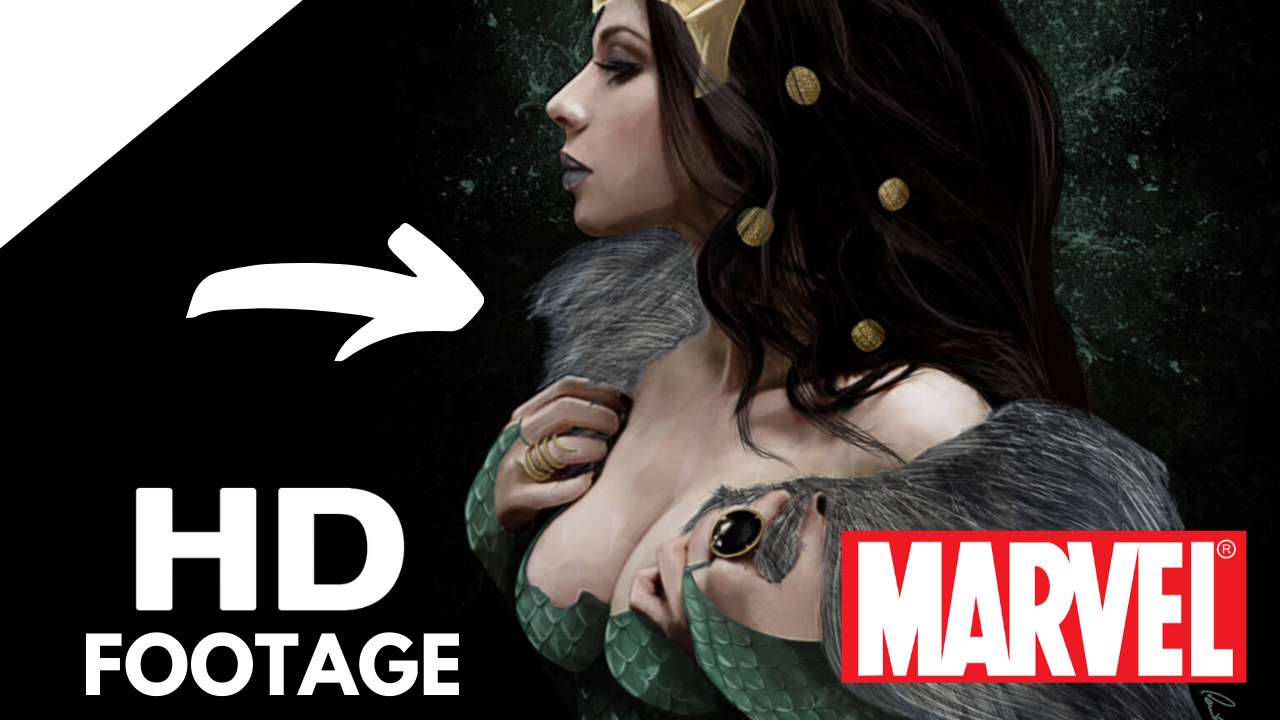
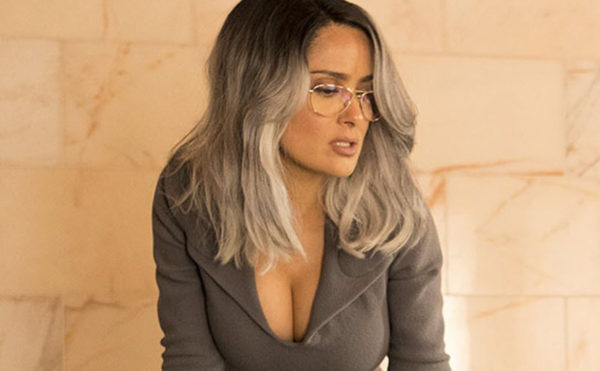
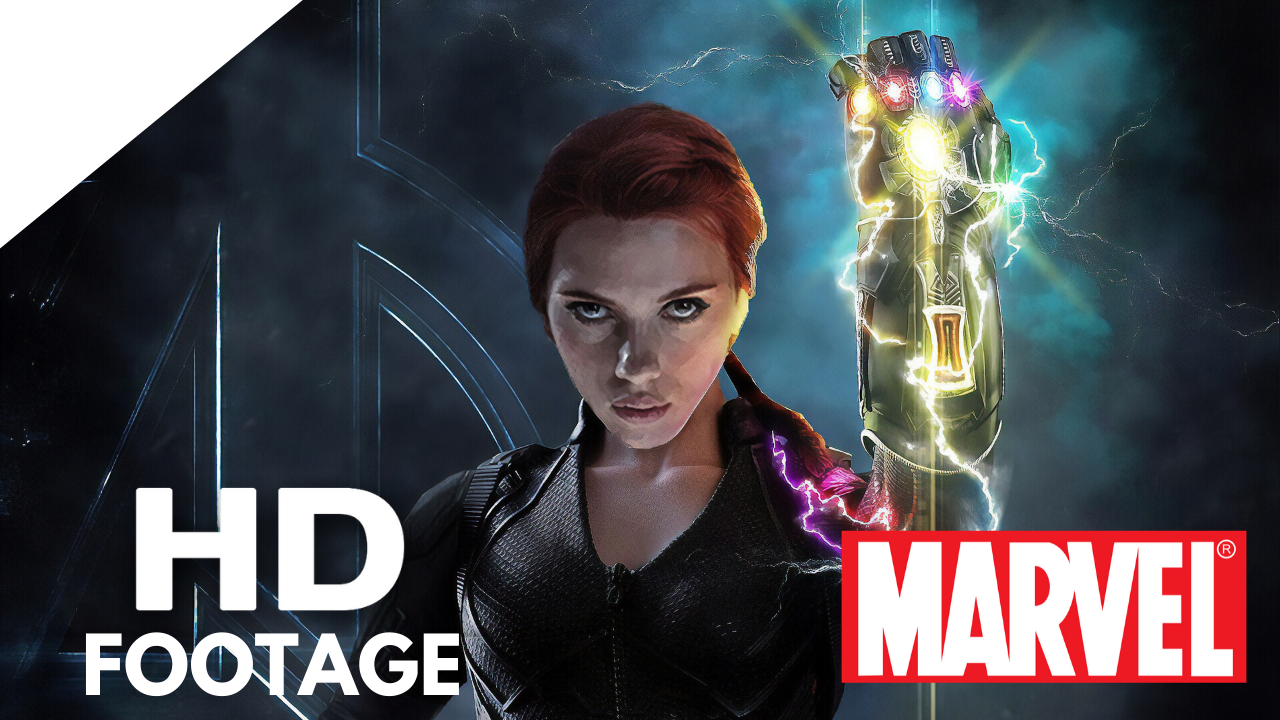
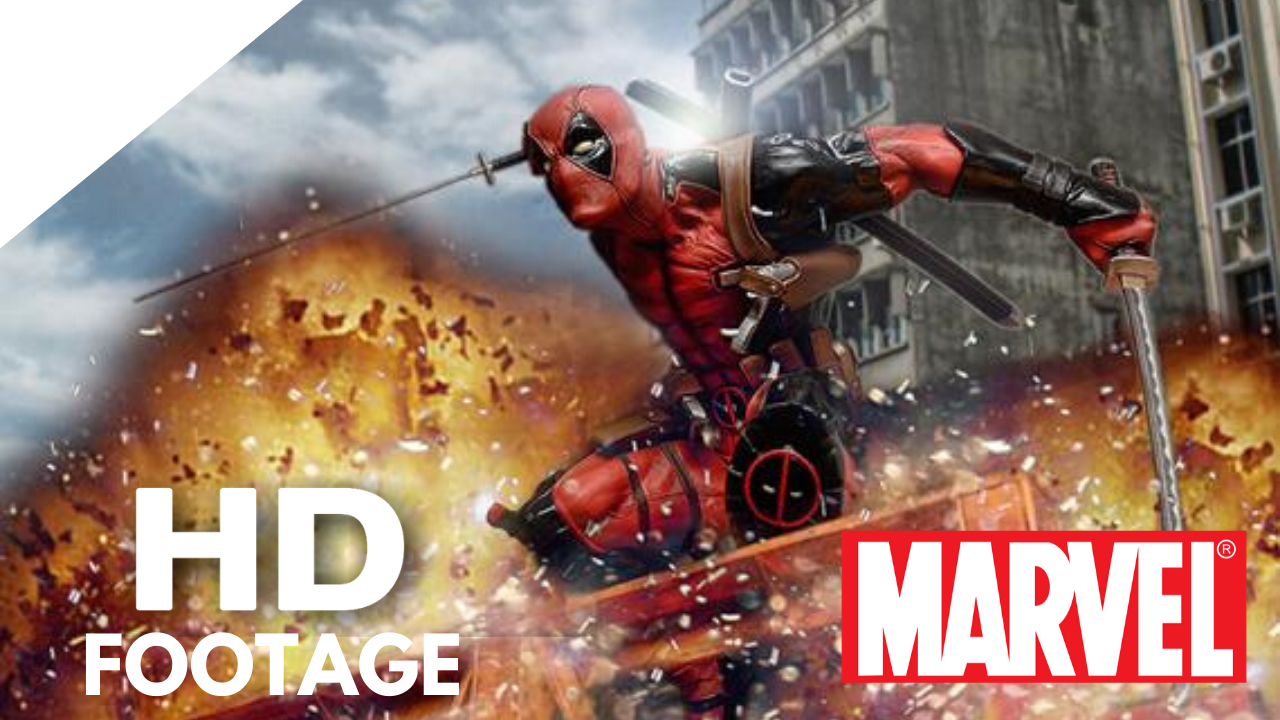
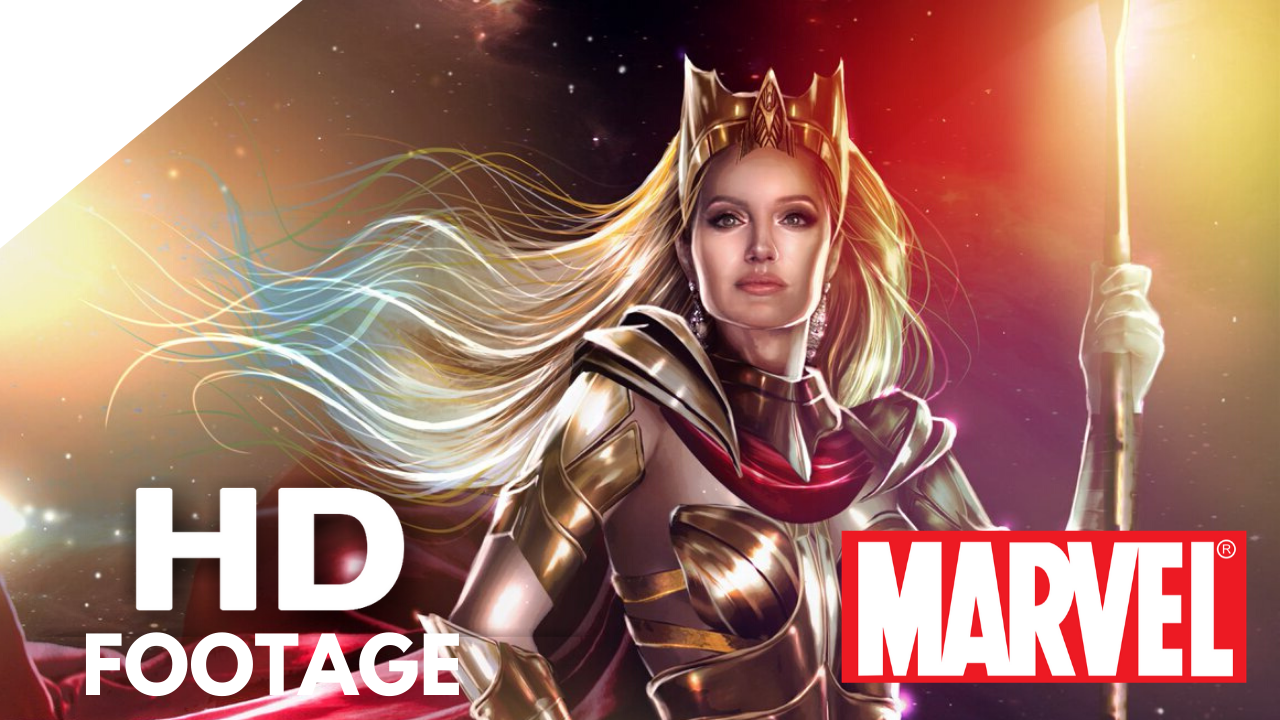
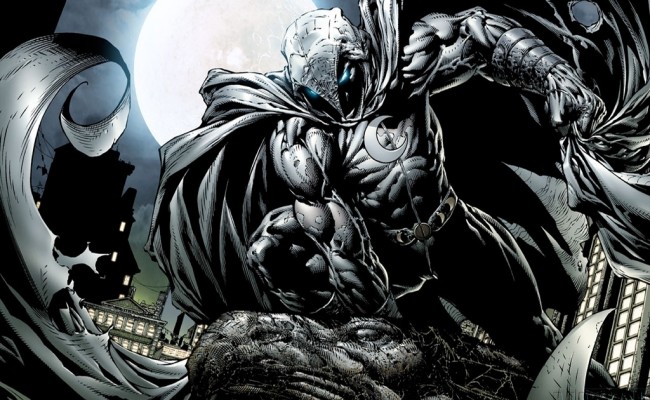
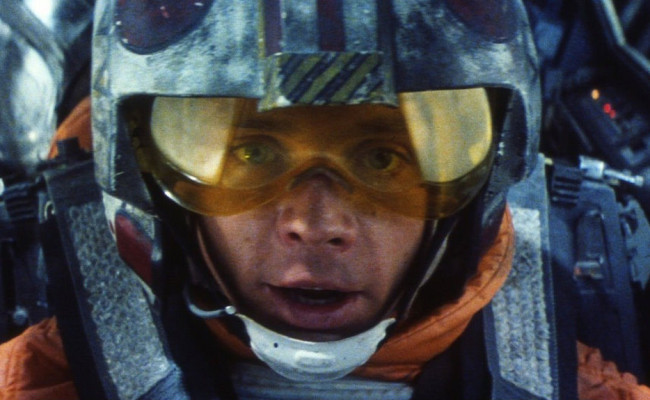
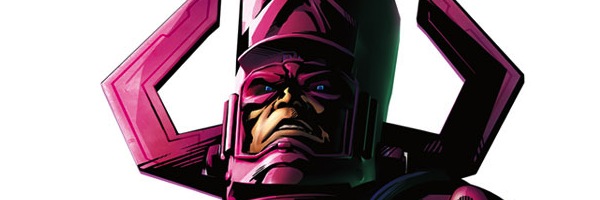
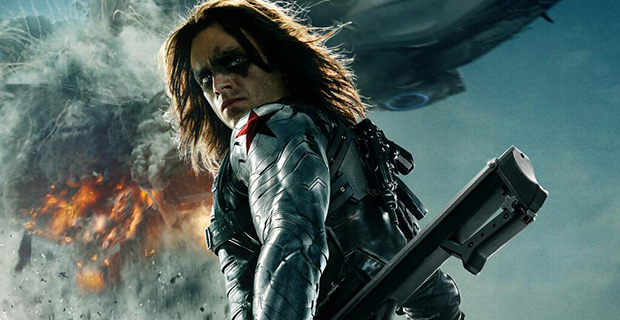
S#!T Talking Central